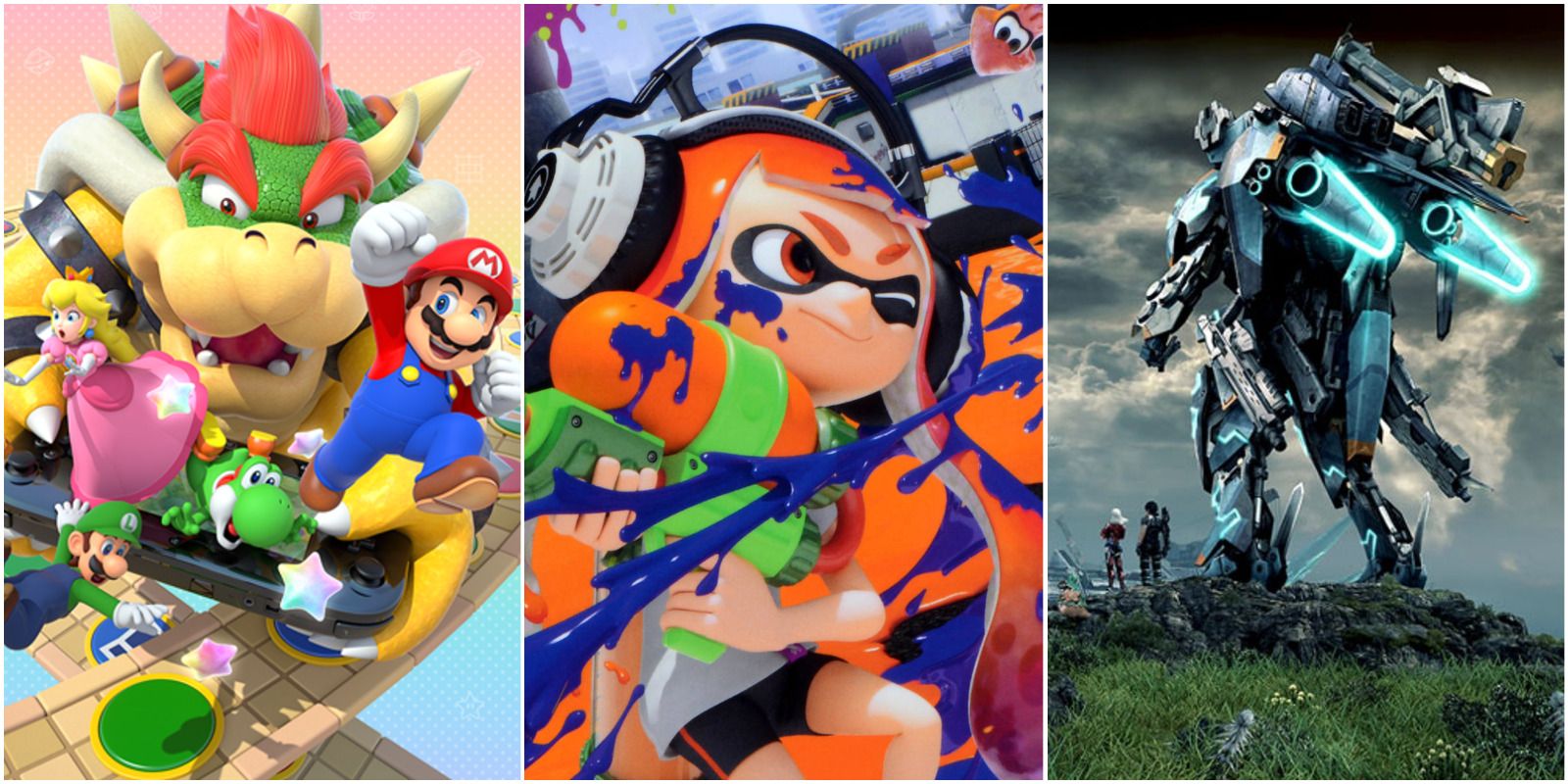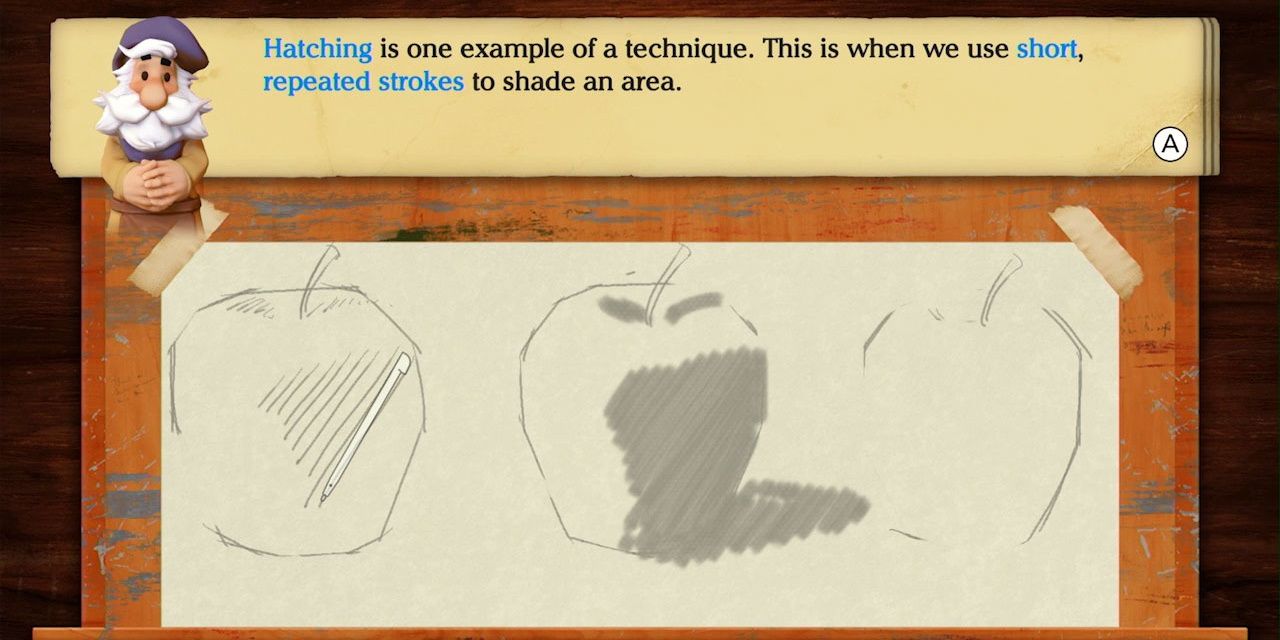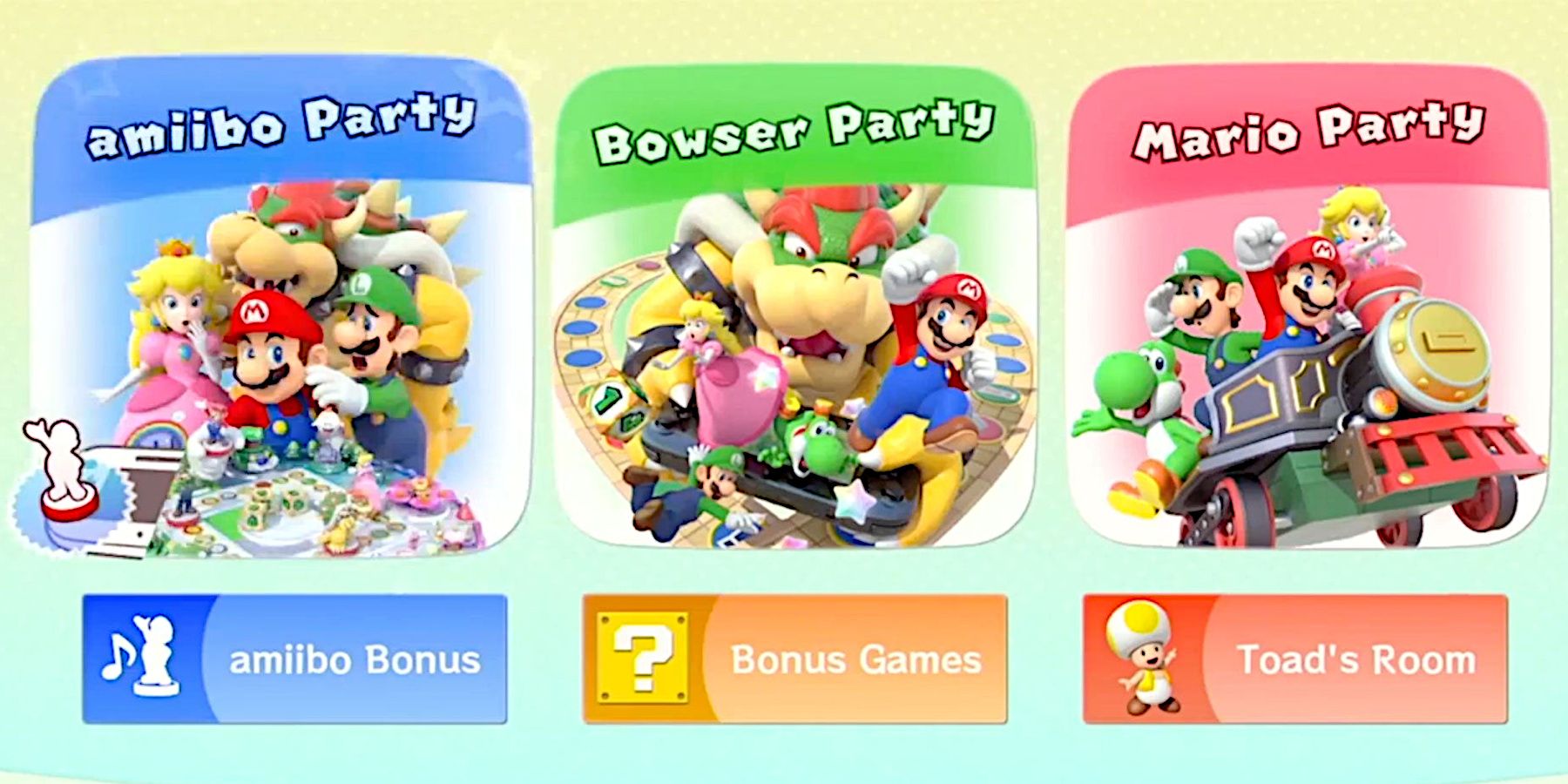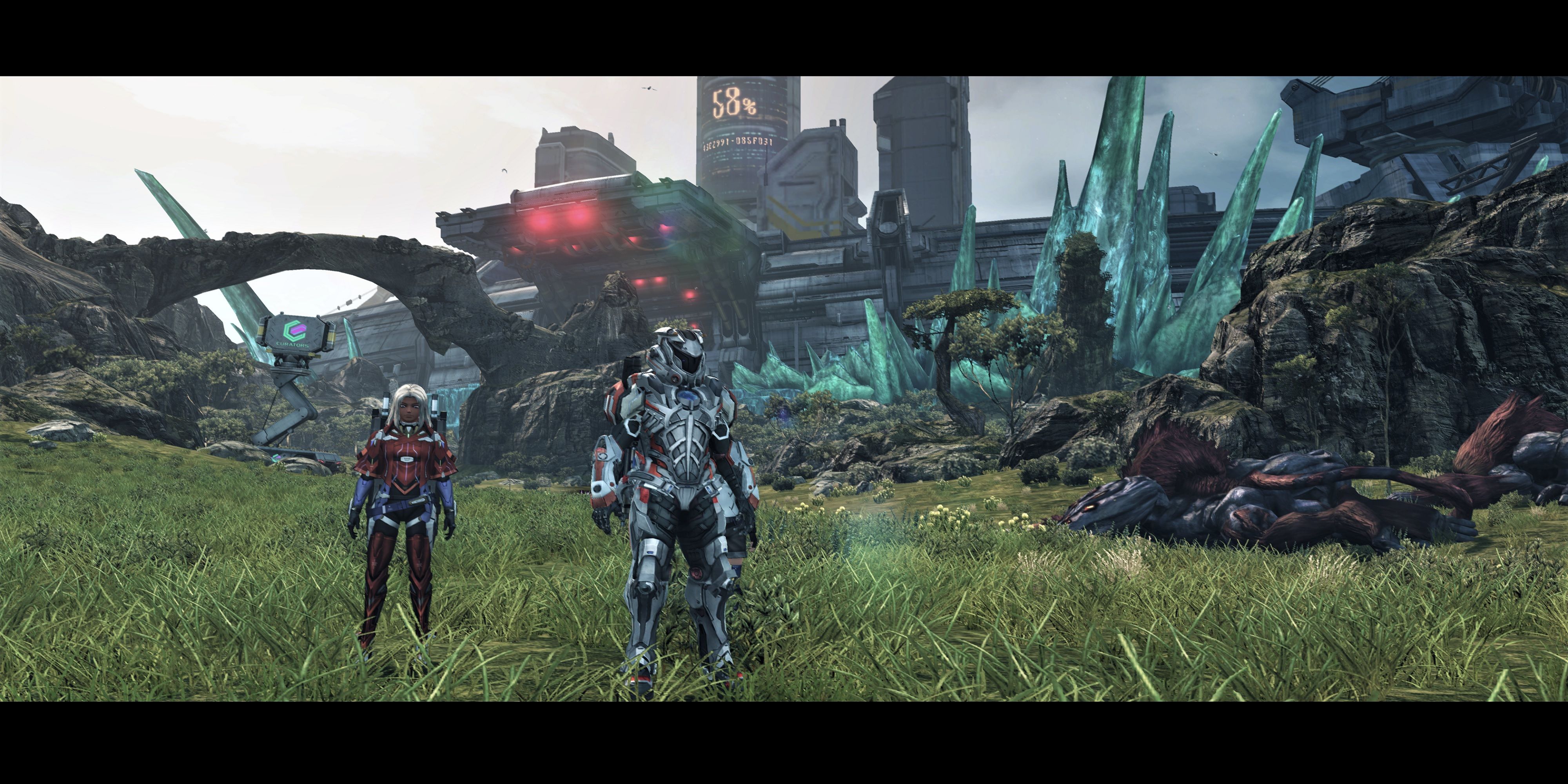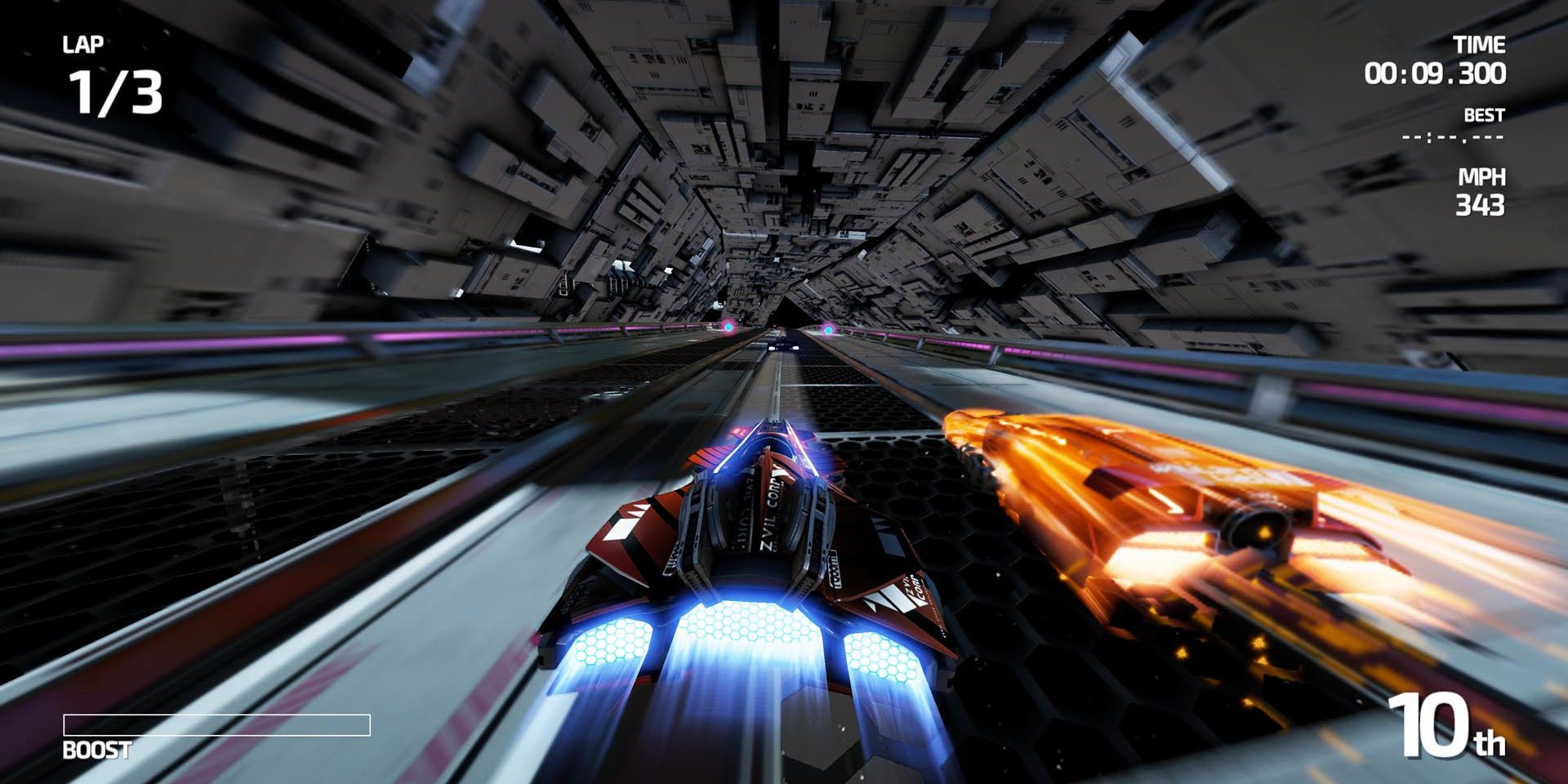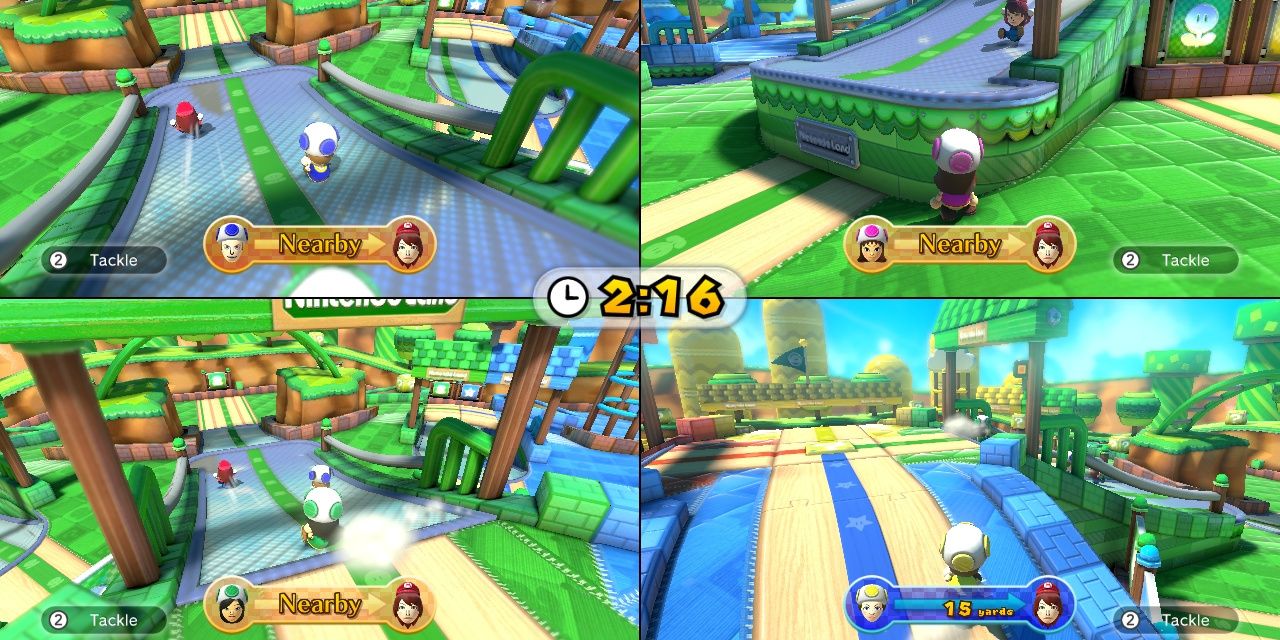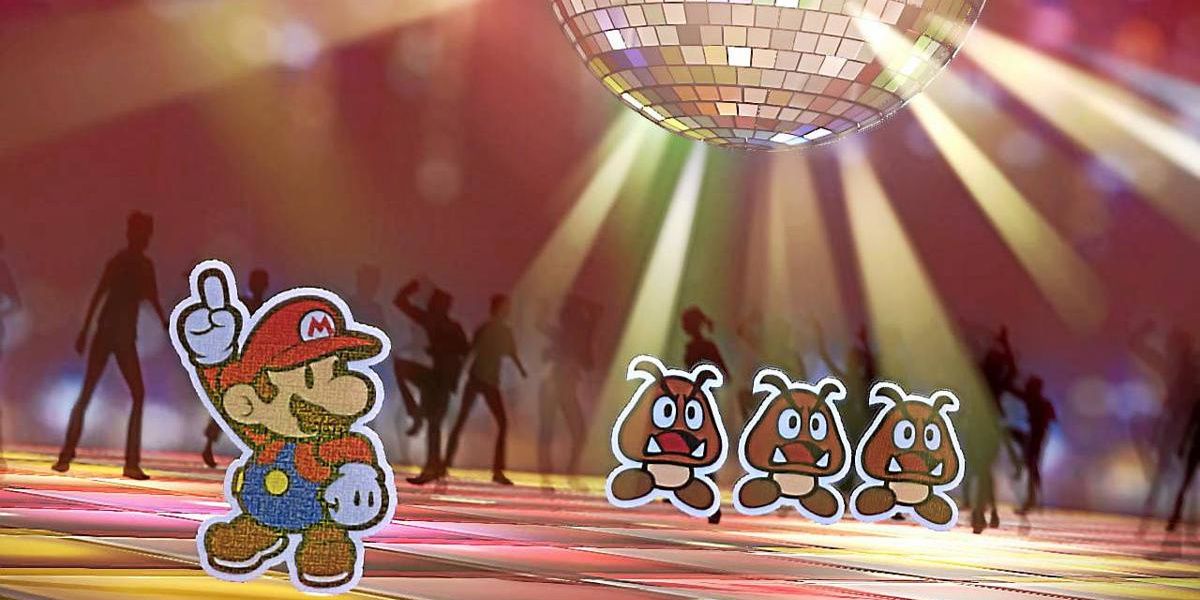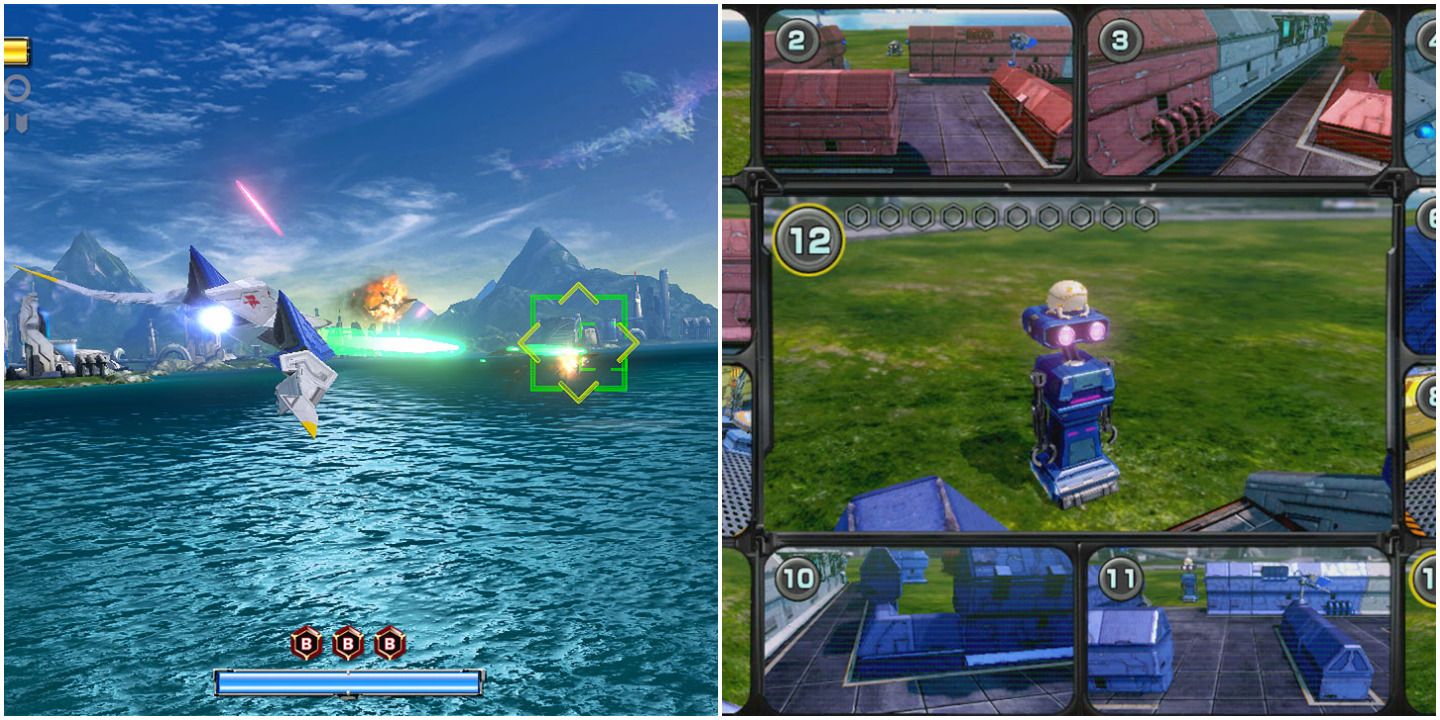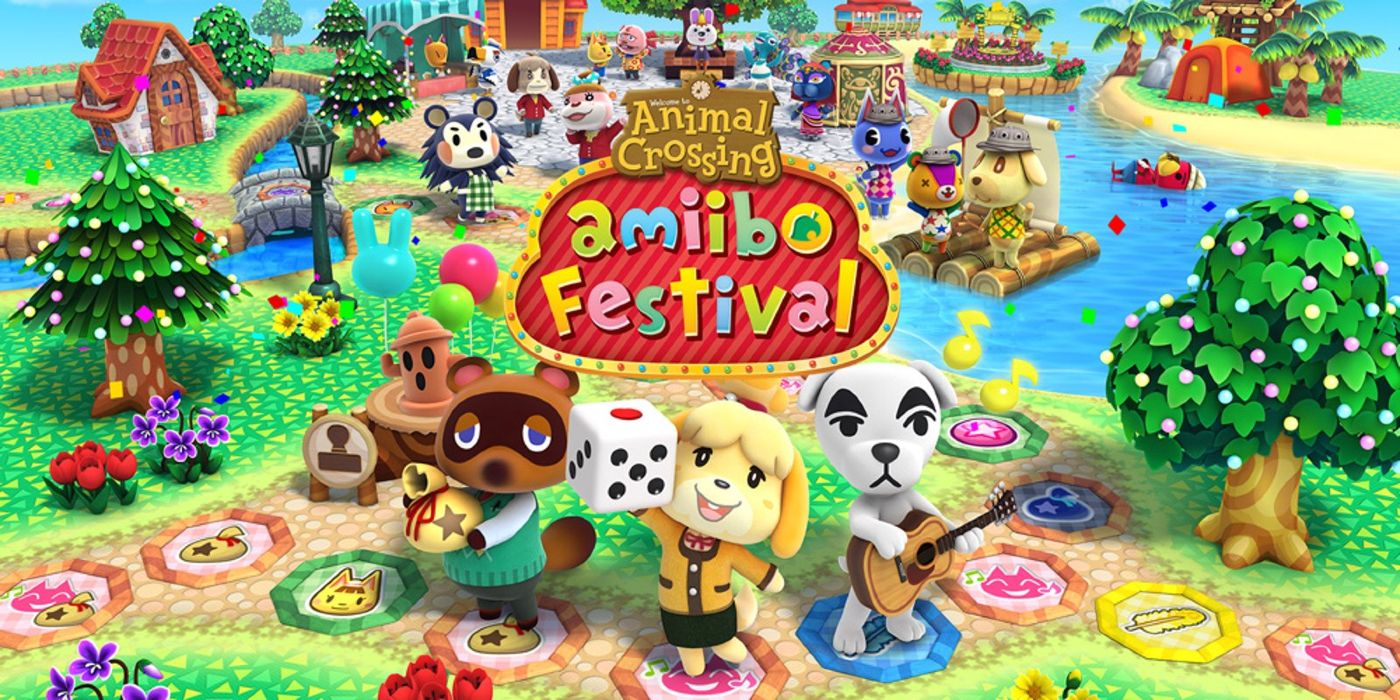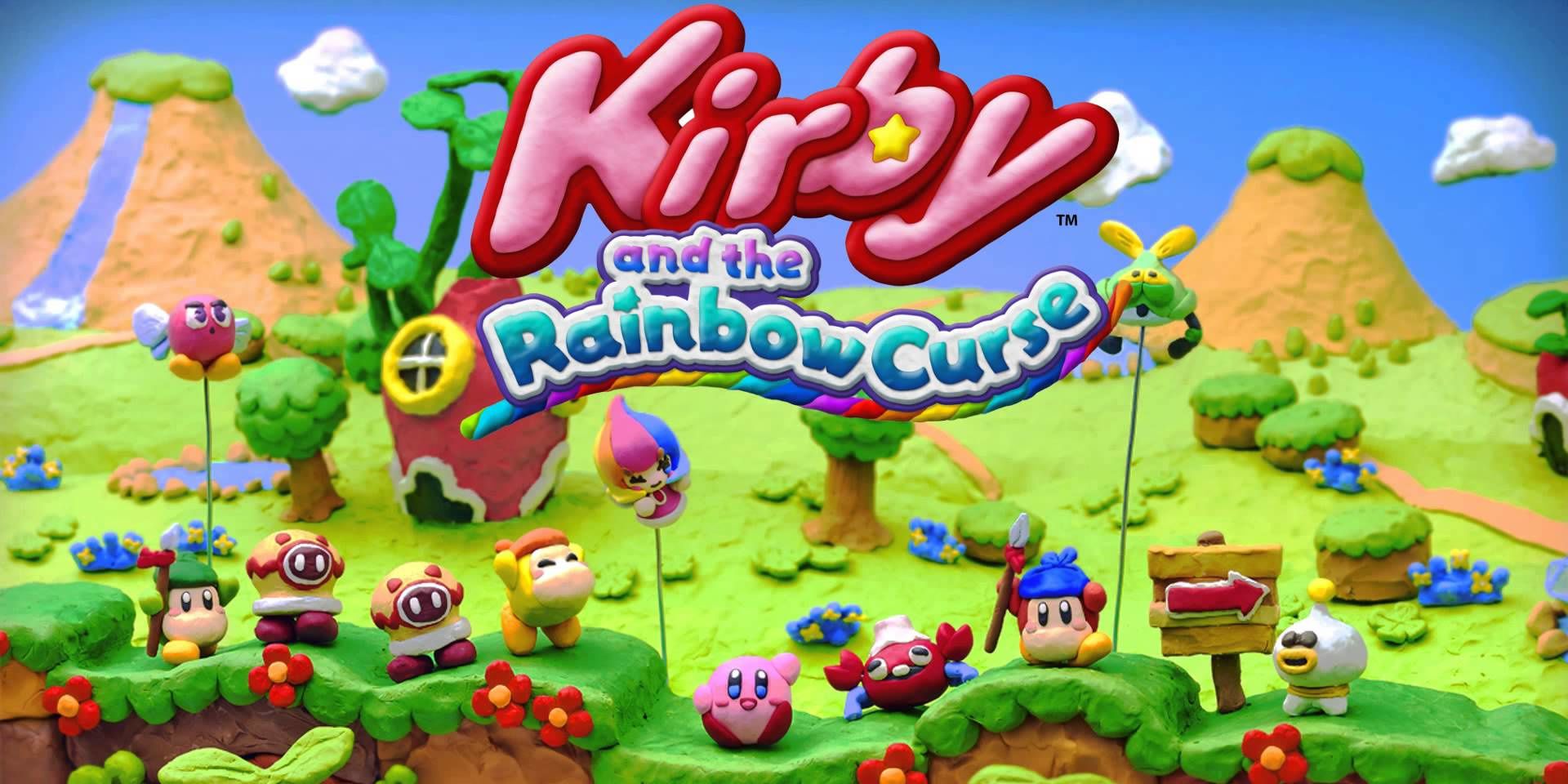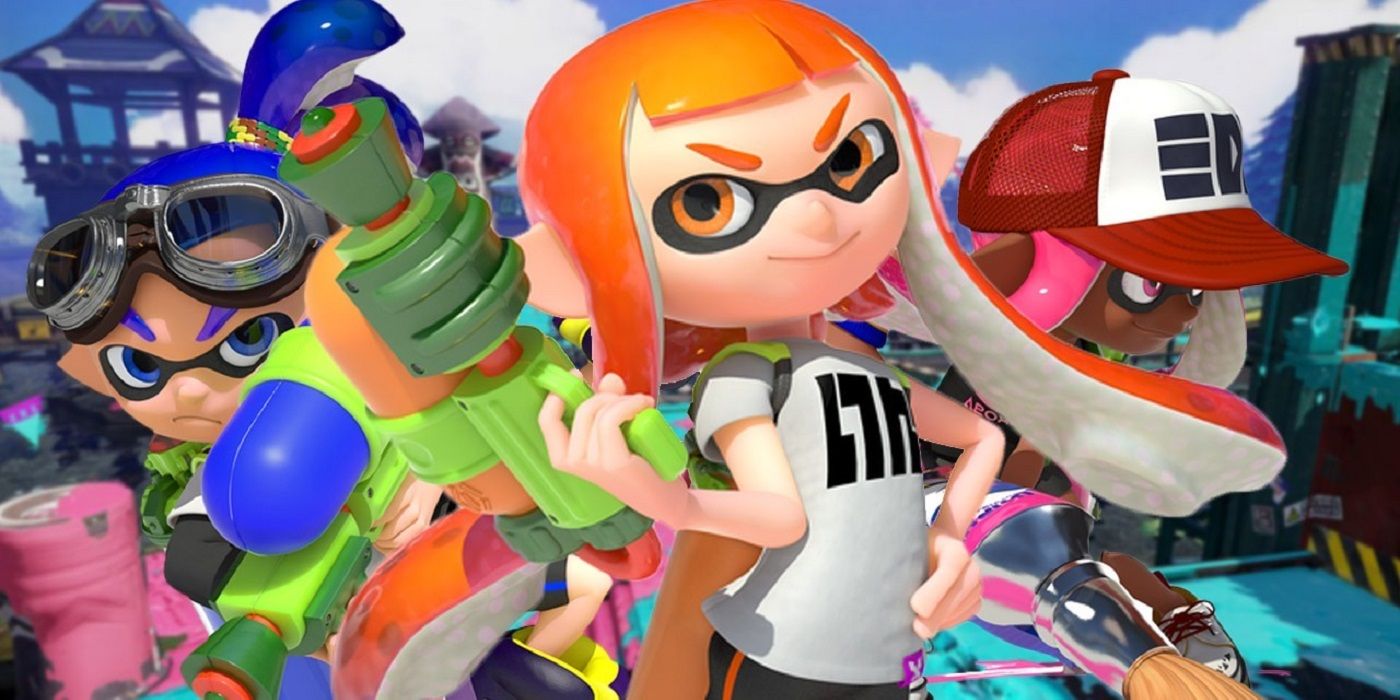Nintendo's Wii U console had its share of ups and downs, but there's no denying that its games were fantastic. Many of them made good use of the gamepad's touch screen, offering unique gameplay experiences. Despite having a shorter life cycle, some really superb games came out for the Wii U.
Many of these games went on to be ported to the Nintendo Switch, usually with newly-added content or packed together with DLC from the Wii U release. In fact, the vast majority of the standout titles from the Wii U have been made available on the Switch. But a few good games remain exclusive to the Wii U to this day.
10 Art Academy: Home Studio Unlocked Players' Artistic Creativity
While calling Art Academy a "game" is a stretch, it was fantastic software for aspiring artists. The Wii U gamepad's touch screen and stylus combo made a respectable digital drawing tablet, and Art Academy: Home Studio unlocked its power for creative expression. Art Academy: Home Studio had lessons to teach the fundamentals of drawing and painting.
Finished works could be exported and shared with others. Images were saved to SD cards and copied over to a computer, but even more impressive was the time-lapse recording capability. It integrated with YouTube directly, allowing the uploading of small video clips recorded during the creative process.
9 Mario Party 10's Variety Ensured Good Replay Value
It wasn't until Super Mario Party arrived on the Nintendo Switch with its underwhelming amount of content that some players looked back at Mario Party 10 more fondly. Many fans disliked the changes to the characters' movement that debuted in Mario Party 9. They returned in Mario Party 10, but certain game modes used a different approach, giving players more gameplay variety.
In Bowser Party mode, one player used the Wii U gamepad as Bowser and would chase the other players. The Bowser player employed traps and subterfuge to thwart opponents. If players made it to the end of the board before the Bowser player stole all their hearts, they would win. Otherwise, it would be Bowser's victory.
8 Xenoblade Chronicles X Was An Open-World Adventure RPG
The original Xenoblade Chronicles enjoyed releases on the Wii, the New Nintendo 3DS, and an HD remaster on Nintendo Switch. Xenoblade Chronicles X, however, is still only playable on the Wii U. The story takes place in a separate world, with new characters and new environments for players to explore.
It differed from Xenoblade Chronicles and its sequel, Xenoblade Chronicles 2, with customizable characters and a non-linear approach to gameplay. As with most RPGs that have experimented with non-linearity, the story suffered a lack of focus, but it did give players more freedom in how they approached the game.
7 Fast Racing Neo Was A Spiritual Successor To F-Zero
The F-Zero franchise hasn't had a new entry since the early 2000s. In F-Zero's long absence, developers Shin'en Multimedia created their Fast Racing series starting on the Wii and continuing with new entries on Wii U and Switch as well. The Fast Racing series innovated the genre, with Fast Racing Neo being a great example that was exclusive to the Wii U.
Some players thought Nintendo should let Shin'en Multimedia handle the F-Zero games just because of how good the Fast Racing franchise was. Fast Racing Neo had new mechanics and that feeling of incredible speed that few other racing games managed.
6 Nintendo Land Made Excellent Use Of The Wii U's Gamepad
Nintendo Land was a pack-in game that was included with many Wii U console purchases. It was the kind of game that was designed specifically to showcase the features of the Wii U console and made great use of the gamepad, including the built-in microphone, the gyroscopic controls, the camera, and the touchscreen.
The game itself was a collection of mini-games presented in a party game style. The games let players use their Mii characters, and were often themed around Nintendo's main franchises. Some were single-player experiences, and others focused on multiplayer using Wii remotes.
5 Paper Mario Color Splash Was An RPG With Great Humor And Gameplay
The Paper Mario series has always had dialogue and humor unique among RPGs, and Paper Mario: Color Splash on the Wii U had smiles and laughs aplenty, especially for long-time fans. The story revolved around Mario and Peach's vacation in a land of colorful paint, only the paint was drained away and stolen by Bowser and his henchmen.
As Mario, players used the paint hammer to restore spots that had been drained of their color during the adventure. With the help of his new traveling companion Huey, Mario sought out the Big Paint Stars to restore the Prisma Fountain to its original glory — and bring colorful paint back to the world.
4 Star Fox Zero Returned To The Series' Roots & Star Fox Guard Deviated From Them
Many players felt Star Fox Zero's control scheme was unusual or complex, but those who took the time to acclimate to the controls were rewarded with an excellent entry in the Star Fox series. Gameplay-wise, it hearkened back to the glory days of Star Fox 64 that many nostalgic fans craved. And in other ways it also improved upon that formula, adding innovative new elements to help it stand above its predecessors.
Star Fox Guard was included with the original print run of Star Fox Zero discs and was later made available as a separate digital purchase on the Nintendo Wii U e-shop. Its tower-defense gameplay was divisive among fans, but some enjoyed the change of pace.
3 Animal Crossing: Amiibo Festival Brought The Wholesome Animals Into A Board Game
The Wii U didn't get a full-fledged Animal Crossing entry, likely due to its shorter overall life cycle. But it did get Animal Crossing: Amiibo Festival, a spinoff game that put players on a giant board game version of an Animal Crossing village. While there was a minor competitive element to the game, it remained charming and wholesome.
There were mini-games as well, but they were separate from the main board game mode. The mini-games had to be unlocked first by playing enough rounds of the board game. Perhaps the most involved of them was Desert Island Escape, which eventually was added into Animal Crossing: New Leaf on the Nintendo 3DS as well.
2 Players Used The Wii U Gamepad's Touch Screen In Kirby And The Rainbow Curse
Kirby series games are always trying new things. It's perhaps one of Nintendo's most innovative and imaginative franchises in that sense. Kirby and the Rainbow Curse nixed the traditional controls in favor of touch screen ones. Players guided Kirby by drawing lines on the gamepad to mark his path in the game's colorful clay-like aesthetic.
Kirby would roll into a ball and whirl along the lines the player drew, bashing into enemies and uncovering secrets along the way. The game was on the short side overall, but the novelty of the playstyle helped set it apart. Once players adjusted to the mechanics of the game, controlling Kirby with the touch screen proved to be a fun new experience.
1 Splatoon Made Shooters Accessible And Appealing
Splatoon was a fantastic new IP from Nintendo on the Wii U. Its bright colors and family-friendly aesthetic made the online shooter genre appealing to many gamers for the first time. Its intuitive controls helped ease players into the experience, and the focus on inking the ground in your team's color rather than the typical kill/death ratios of the genre was refreshing.
It was a very popular and well-received game for the console and would go on to become a successful franchise. While Splatoon 2 on the Switch improved on the original in nearly every way, Splatoon on Wii U still retains some aspects not found in the sequel.

